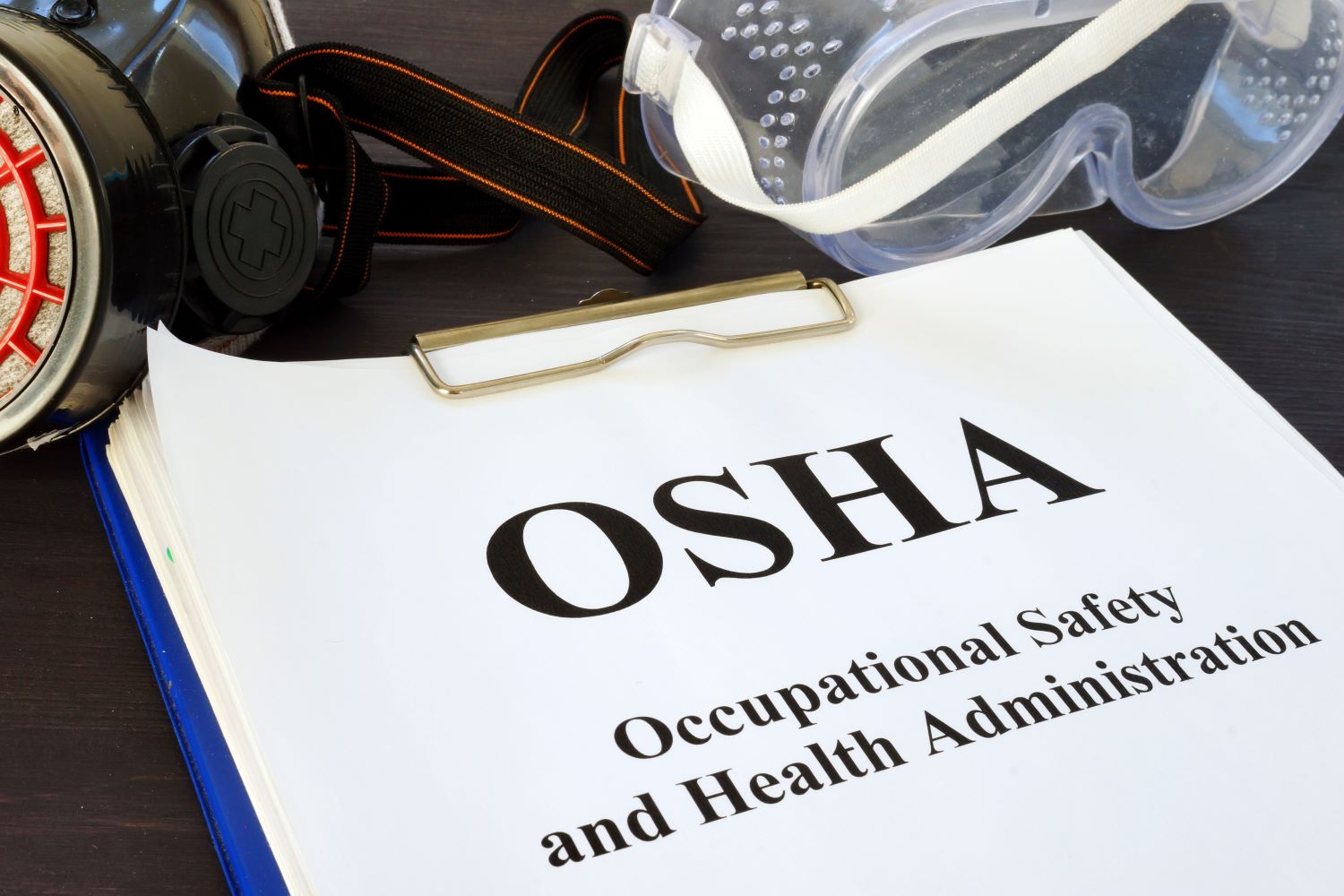No products in the cart

AB 495 AND CALIFORNIA PRIVATE SCHOOLS
The Family Preparedness Act of 2025: New Emergency and Safety...
Tickets to California HR Bootcamp 2026 are on sale now! Get Tickets

In the realm of workplace safety, few documents are as critical or as universally recognized as the OSHA 300 Log. This log, mandated by the Occupational Safety and Health Administration (OSHA), is a cornerstone for tracking workplace injuries and illnesses, helping employers and regulators identify and mitigate hazards. Here, we explore what the OSHA 300 Log is, its purpose, and how it plays a crucial role in ensuring a safer work environment.
The OSHA 300 Log is an official record employers use to document work-related injuries and illnesses. It is part of a series of forms (including OSHA Forms 300A and 301) designed to capture detailed information about incidents that result in death, loss of consciousness, days away from work, restricted work activity, or medical treatment beyond first aid.
The primary purpose of the OSHA 300 Log is to:
The OSHA 300 Log contains several key sections:
OSHA requires most employers with more than 10 employees in industries with high rates of injuries and illnesses to maintain an OSHA 300 Log. Some industries with lower risks are partially exempt from this requirement. However, all employers, regardless of size or industry, must report any work-related fatalities and certain severe injuries and illnesses directly to OSHA.
Churches and religious schools are exempt from maintaining the OSHA 300 Log based on their North American Industry Classification System (NAICS) codes. The NAICS codes categorize these institutions into sectors with historically low workplace injury and illness incidence rates. This exemption is part of OSHA’s efforts to focus its regulatory and enforcement activities on industries with higher risks and more frequent workplace hazards. By exempting lower-risk establishments like churches and religious schools, OSHA can allocate resources more efficiently and concentrate on the areas that are most needed.
Organizations exempt from keeping or completing the OSHA 300 Log are considered “Exempt or Partially Exempt Industries” and are identified by their North American Industry Classification System Code. The North American Industry Classification System (NAICS) is a 2–6 digit numeric code used by US federal agencies to classify businesses by industry. NAICS codes are used for statistical data collection, analysis, and publication, as well as for administrative, regulatory, contracting, and taxation purposes.
Some exempt organizations are listed below:
| NAICS Code | Descriptions |
| 6111 | Elementary and Secondary Schools |
| 6113 | Colleges, Universities & Professional Schools |
| 6116 | Other Schools and Instruction |
| 6117 | Educational Support Services |
| 6244 | Child Day Care Services |
| 8131 | Religious Organizations |
For a complete list of exempt organizations, visit https://www.osha.gov/recordkeeping/presentations/exempttable
Additionally, all employers, even those listed as exempt employers, must report to OSHA any workplace incident that results in a fatality, in-patient hospitalization, amputation, or loss of an eye.
Our team can help you understand reporting requirements. Don’t risk non-compliance and potential penalties—contact Church HR Network today at 888.847.2476 or [email protected] for personalized support and peace of mind.